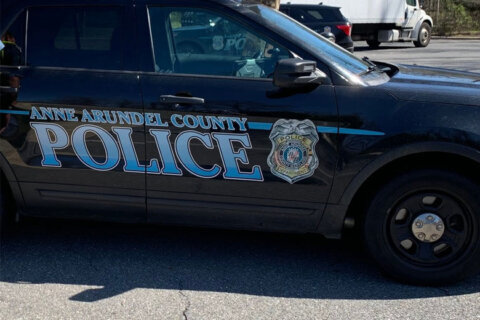Following the release of an environmental impact statement that appears to lean toward another span in Maryland to alleviate traffic over the old Chesapeake Bay Bridge, the Anne Arundel County Executive isn’t thrilled with the conclusions.
The Chesapeake Bay Crossing Study is currently in Tier 1 of its review of whether or not to construct commuting alternatives to supplement the existing bridge.
The study published its Draft Environmental Impact Statement, or DEIS, which explored four possible options and listed some of the reasons why the so-called “Corridor 7” alternative, which includes a new span, has its advantages.
Corridor 7, which would put a new span right next to the existing Bay Bridge running through Annapolis at Sandy Point State Park, is recommended by the Maryland Transportation Authority.
The choices also included not building anything new at all.
In a five-page written response, Anne Arundel County Executive Steuart Pittman’s office thinks the DEIS failed when it came to producing accurate traffic assumptions, purpose and need, sufficient environmental impact of a Corridor 7 project. Pittman’s office said researchers did not dig deep enough into a no-build option.
“The failure of this multimillion dollar taxpayer-funded study to adequately assess any options other than the one supported by the Governor raises serious questions about motive,” part of the statement said. “Let’s stop this project.”
In one of its projections, the DEIS calculates a new bridge through corridor will cut traffic on the existing Bay Bridge by almost 24,000 vehicles during non-summer weekdays and by nearly 39,000 on summer weekends
Pittman’s office questioned the data, claiming there’s “been no material change in annual or average daily traffic on the Bridge from 2007 to 2017.”
The office concludes that the DEIS “missed the mark on justifying a clear and concise purpose and need,” that the study “is silent on possible significant adverse effects to fish, wildlife, plant habitat, and increased flooding,” and that it “never seriously examined the alternative of not building an additional Bay Bridge span.”
The Bay Crossing Study is expected to move into producing a final environmental impact statement, which will include input from public hearings before officially choosing one option over another in its Record of Decision.








